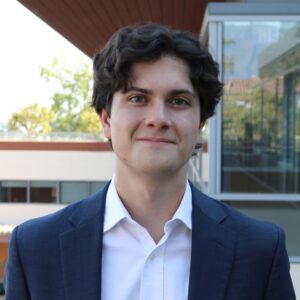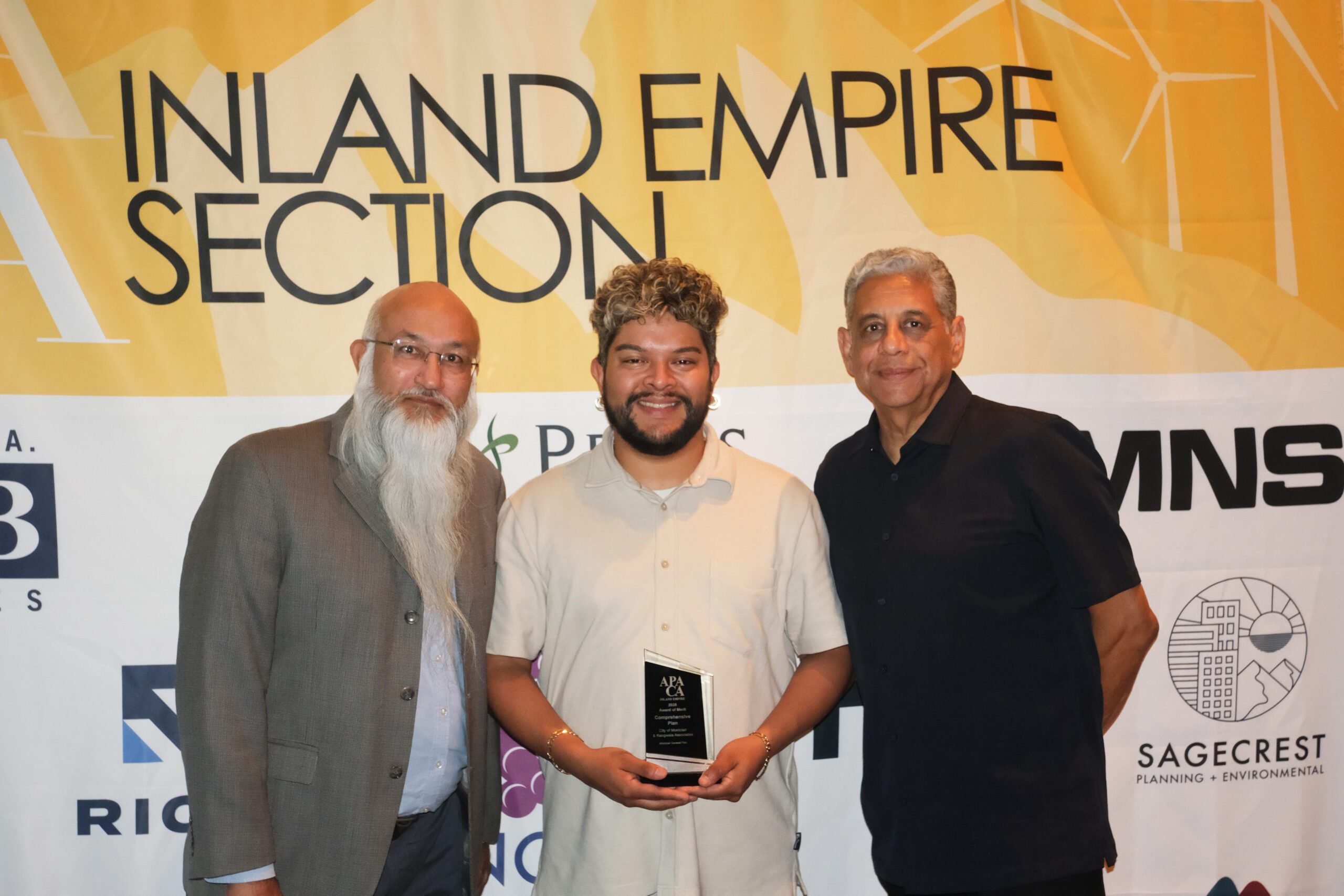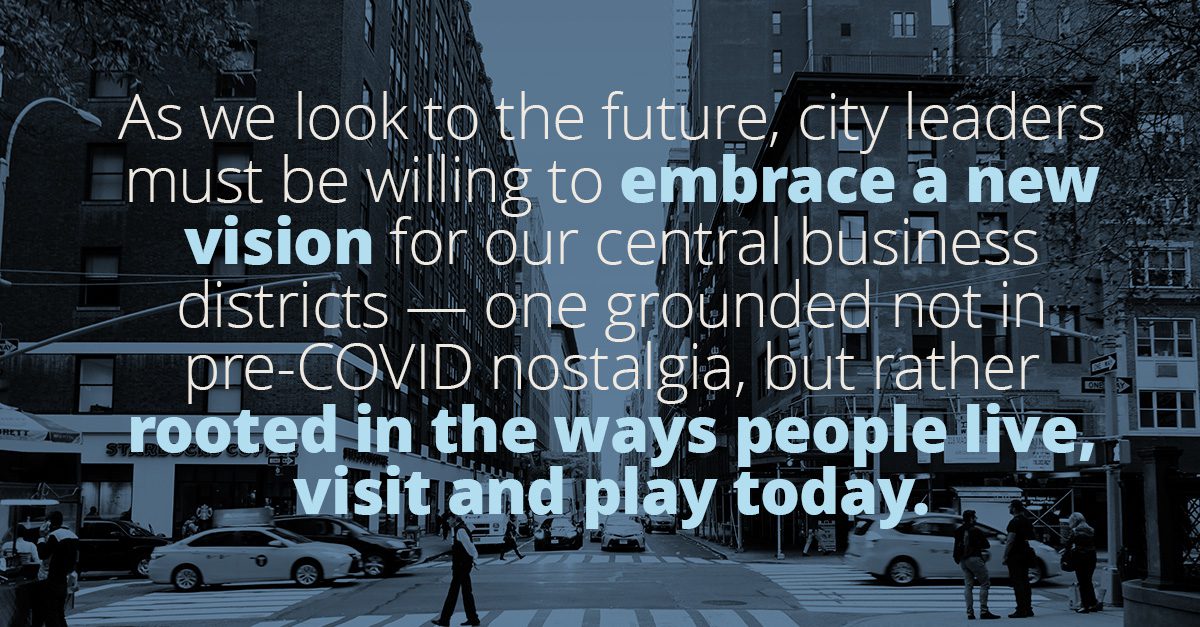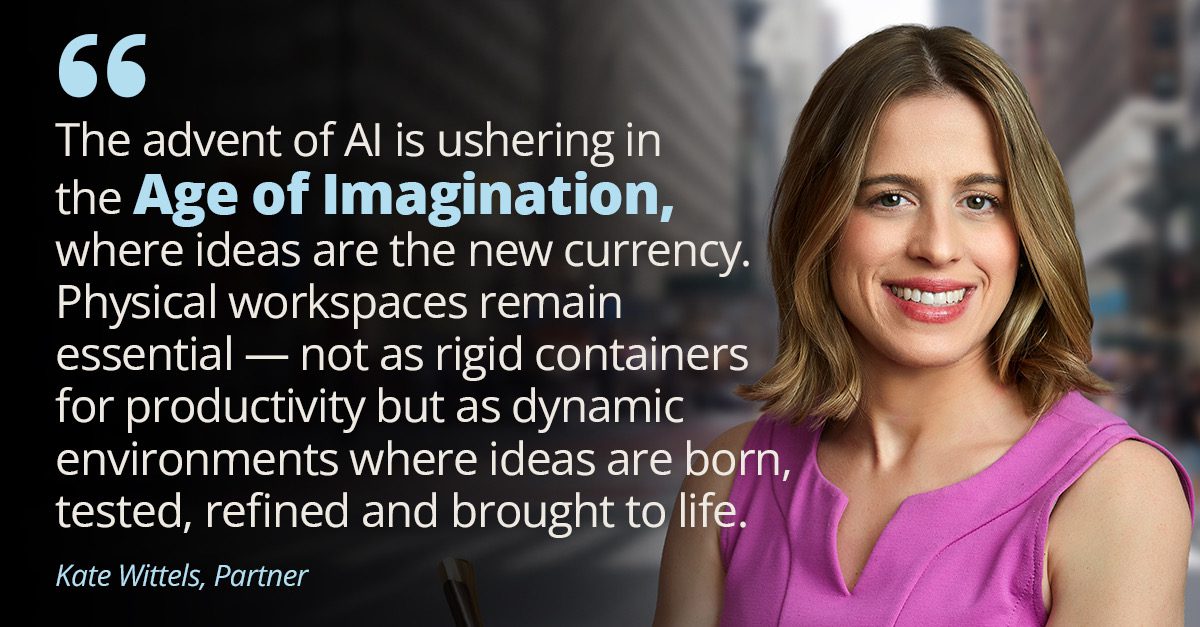This op-ed written by Sulin Carling and Larisa Ortiz was originally published by Vital City.
Take a walk down nearly any street in Lower Manhattan, and you’ll see a startling number of vacant storefronts. One out of every four floor-level retail spaces sits empty. Walking these streets can feel eerie and disjointed — part of a broader shift in our city’s street life that occurred gradually over time and accelerated following the pandemic. Manhattan’s business districts are particularly troubled. In the Financial District, for example, 24% of retail space was vacant this past November, according to the most recent City report, compared to 17% pre-COVID. In East Midtown, vacancy rates reached 19% in the same report, compared to 11% pre-COVID.
Most significantly, there are clusters of prolonged vacancies: 35% of the city’s vacant storefronts have been vacant since the beginning of 2020. By contrast, decades ago, Manhattan’s commercial districts typically maintained vacancy rates below 5%. Put simply, we’ve got an excess of ground floor retail space — and it’s time for the City to take bold steps to address the imbalance.
This begins by acknowledging that retail in central business districts is undergoing a deep structural transformation, accelerated by COVID and driven by shifting commuting patterns and changing consumer preferences. Once dominated by office workers, our central business districts, historically the city’s economic engines, are changing before our very eyes.
The causes of retail oversupply are multifaceted and frankly, still in flux. Some employers are mandating a full-time return to the office. But the Partnership for New York reports that just 57% of Manhattan office workers are at their workplace on an average weekday — and only 10% are in full-time. Yes, Class A office space is rebounding, but vacancy rates for Class B and C office buildings remain stubbornly high, dragging down foot traffic. And of course, the fewer workers, the less spending in local retail establishments during lunch or for happy hour.
E-commerce is another drag on consumer demand for brick-and-mortar retail: According to the Department of City Planning, Manhattan had a net loss of 875 stores between 2020 and 2024, driven by declines in “dry retail” such as clothing, furniture and electronics stores — items increasingly purchased online.
Despite the shift in consumer demand, retail overbuilding has persisted, driven by decades of policies that required ground-floor retail in new developments, and by the construction of hundreds of millions of square feet of suburban malls that slowly supplanted the central role that urban retail once played in people’s lives. No longer was a trip to “the city” necessary to access the same quality of goods and services as before. COVID didn’t create these challenges, but it certainly accelerated them. The challenges left behind are a wake-up call for all of us that our downtowns are ready for a new iteration.
If office workers — and their wallets — aren’t coming back in full force, we need to attract other types of customers who will replace their spending. Residents and tourists, in particular, will become increasingly important drivers of spending potential. And while yesterday’s office workers wanted midday lunch spots, tomorrow’s residents will want grocery stores, and tourists will want unique cultural experiences. Retail follows markets; in the long run, our ground-floor retail offerings will morph to meet those needs if we help them.
Converting outdated office buildings to housing is a powerful solution for giving our business districts new life that has been unlocked through recent zoning changes and state incentives. As more people begin to live in — rather than commute to — the Financial District and Midtown, these areas will need to transform into residential neighborhoods where people want to live, fueled by public investments including safe streets, and civic infrastructure, like community centers and libraries, as championed by initiatives like the recently announced City of Yes for Families.
Tourism is yet another powerful economic driver for New York City. In 2024, New York welcomed nearly 65 million visitors, the second-highest figure in the city’s history. Growing this number further will require sustained support of entertainment, culture and the arts to ensure that New York remains among the world’s premier cultural capitals. Moving forward, however, we will need to keep a close eye on the detrimental economic impacts of federal policies that compromise our appeal to international visitors.
As we look to the future, city leaders must be willing to embrace a new vision for our central business districts — one grounded not in pre-COVID nostalgia, but rather rooted in the ways people live, visit and play today. To support this transition and the next generation of retailers and small business entrepreneurs, we recommend urban policies across four critical areas: regulation, capital investment, programming and private-sector incentives.
The first step is to rethink outdated regulatory frameworks. New York City’s recently passed City of Yes for Economic Opportunity plan enacted zoning changes that allow for more uses on commercial corridors, such as a wider range of entertainment uses and makerspaces. This is an excellent first step, but we need to go further in embracing ground-floor flexibility. Retail is no longer a one-size-fits-all solution, particularly in areas where storefronts have long struggled to succeed. In some cases, flexibility might mean allowing non-retail uses or even residential units on ground floors, especially on quieter side streets. But these uses must still engage the street. That’s where design guidelines become essential, encouraging features that keep the public realm active and welcoming, like elevated ground floors, frequent entrances and thoughtful landscaping.
We must also invest in the physical infrastructure that makes neighborhoods livable for new users. This includes not just improvements to parks and public spaces, but also enhancements to transit and mobility — bike lanes, ferry access, accessible subway service and critical social infrastructure like playgrounds and childcare facilities. These investments lay the foundation for more inclusive, dynamic communities.
Beyond the built environment, programming plays a vital role in drawing people back to our business districts. Activating underutilized spaces through pop-ups, small business support and cultural programming can spark renewed interest and foot traffic. One of the most compelling examples of this remains The Gates, Christo and Jeanne-Claude’s 2005 installation in Central Park. It generated $254 million in economic activity and left a cultural imprint so strong that tourists still seek out memorabilia more than two decades later. It’s a reminder of how bold, creative initiatives can reshape our experience of place — and drive real economic value.
Finally, to truly transform our downtowns, we must unlock private investment. The City should consider repealing the commercial rent tax, which applies to commercial tenants in most of Manhattan, for storefront businesses, who could use the extra economic boost. While tax incentives have been created to support the conversion of office buildings to housing in New York, we should go further. For antiquated office buildings that cannot be easily converted, we should create a new incentive for tearing them down and replacing them with housing. New housing means new residents — and new residents mean renewed spending power, the lifeblood of vibrant ground floors.
In the end, the path forward isn’t about recreating what once was. It’s about building something better — an urban environment that invites people back for more than just work. As New Yorkers, we are bullish. Our city has a long history of leading the way in urban innovation and embracing dynamic change. It’s time to harness this strength and create a new ground-floor landscape that supports the way we live and work today.
Sulin Carling is a principal at HR&A Advisors, an economic development and public policy consulting firm, where she works with clients on place-based economic development. Larisa Ortiz is managing director of public nonprofit solutions at Streetsense. A Fulbright Scholar and Watson Fellow, she is the author of “Improving Tenant Mix” and a former New York City planning commissioner.

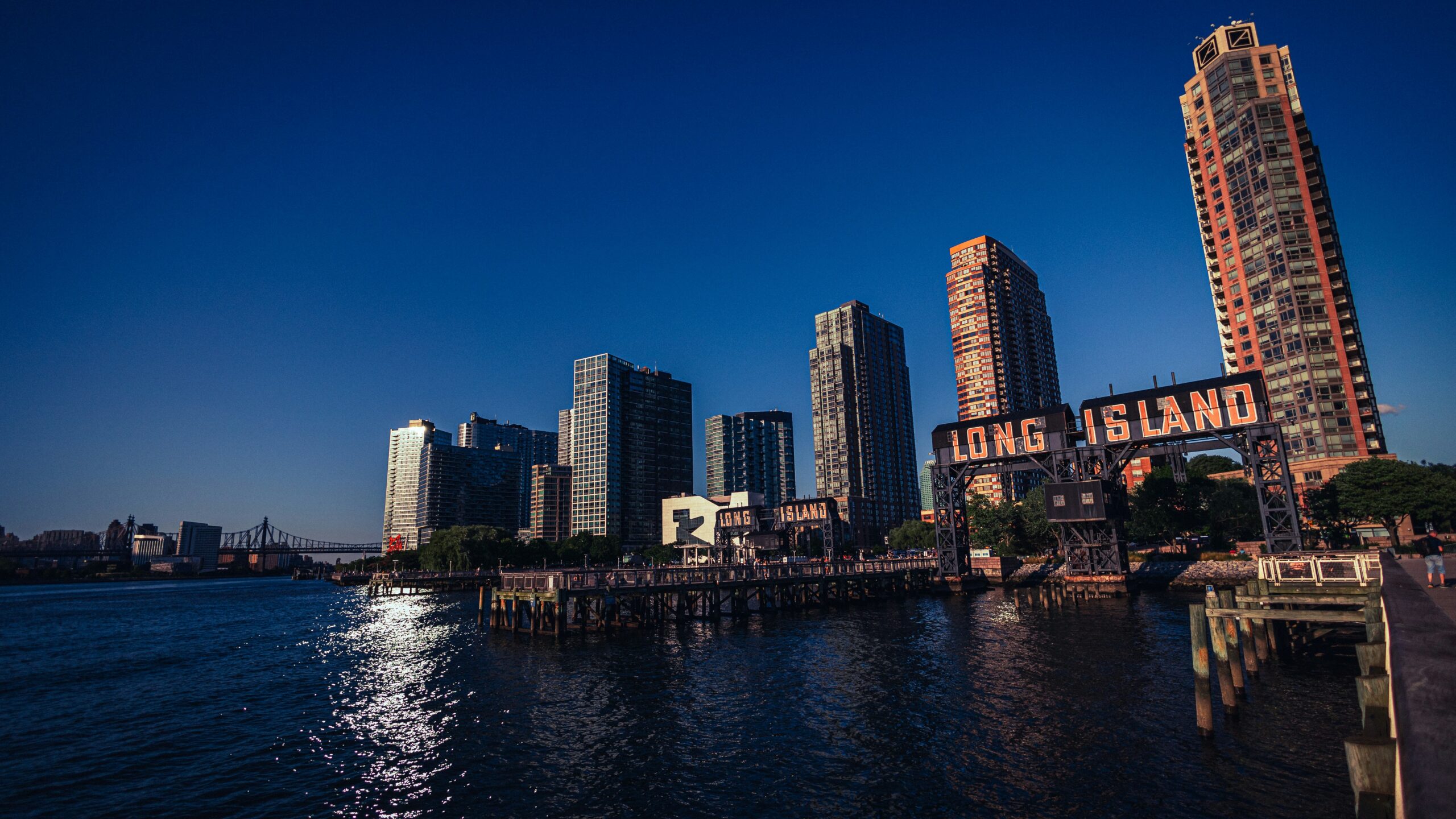
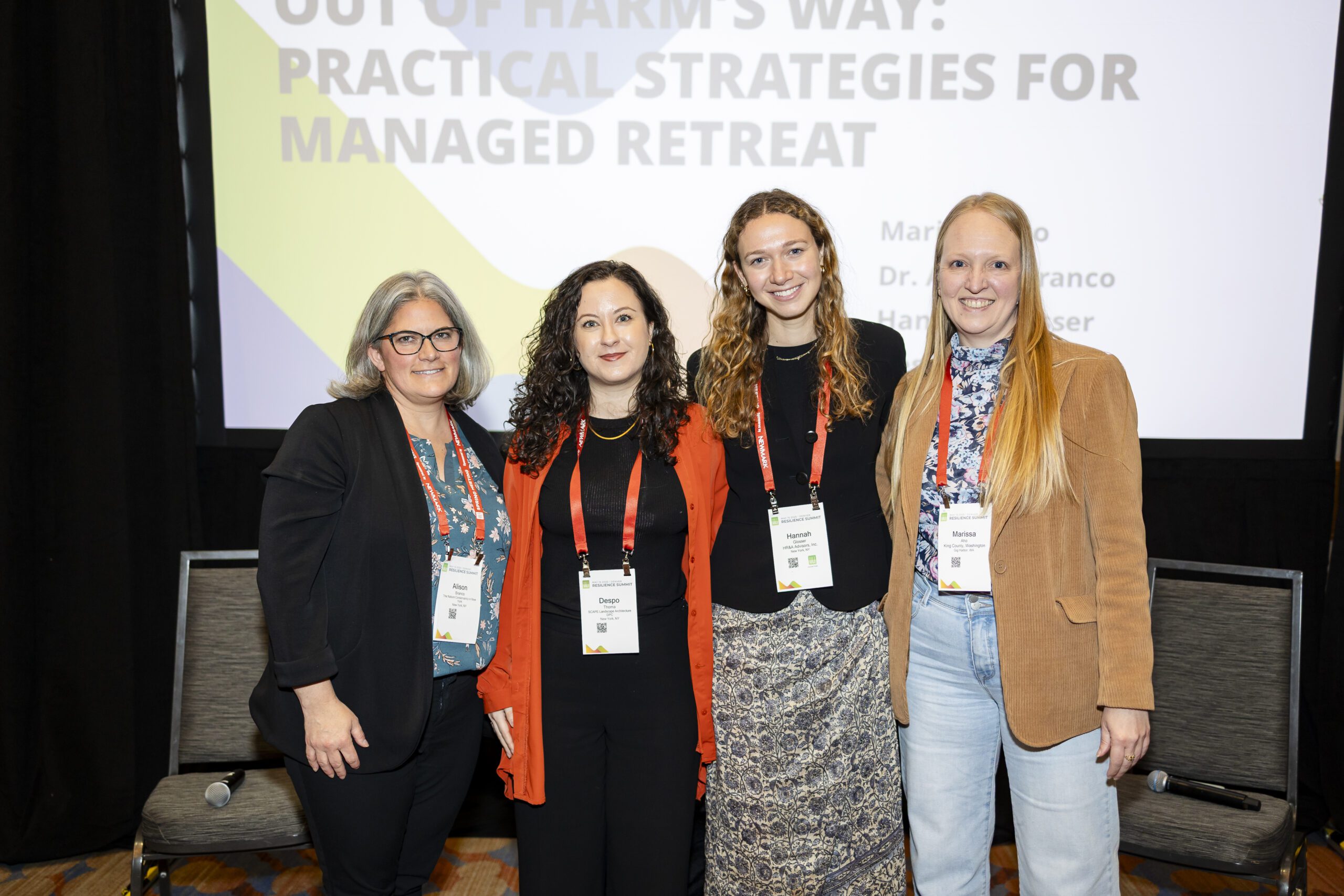

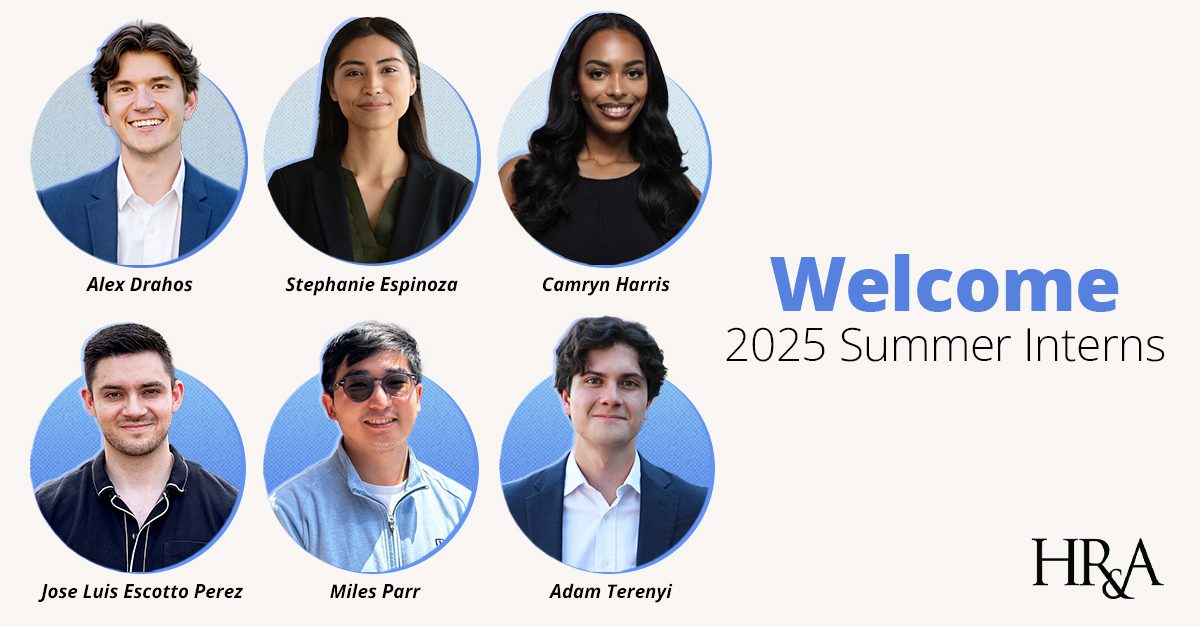



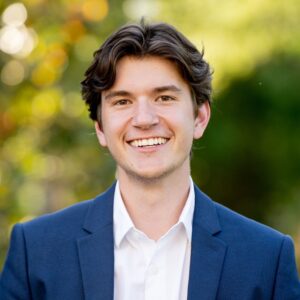 Alex Drahos
Alex Drahos
